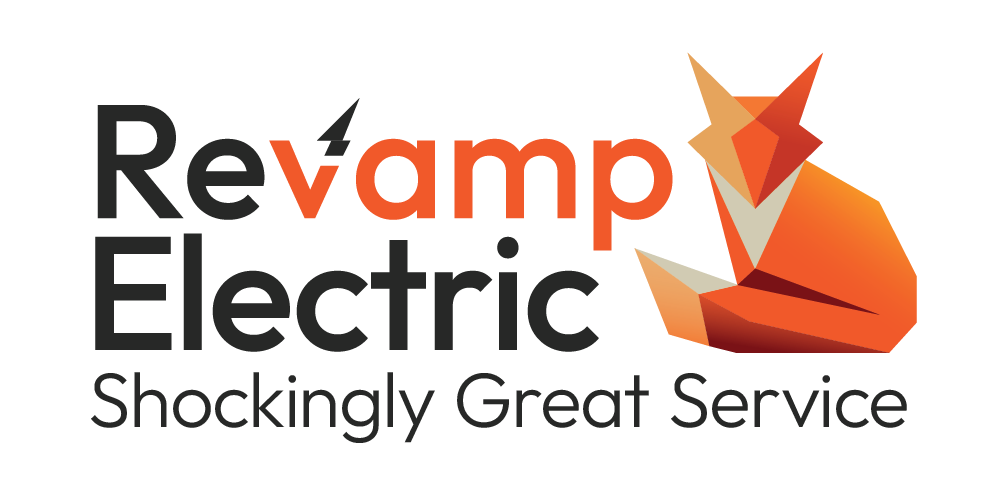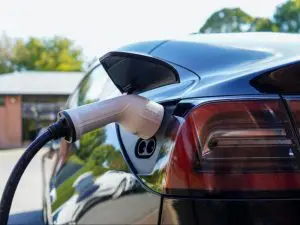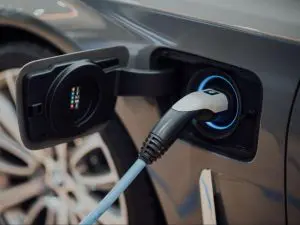Electrical panels, also known as breaker panels, distribution boards, or fuse boxes, are critical components of a home’s electrical system. They distribute electricity throughout the house, ensuring that power is delivered safely and efficiently to various circuits. Understanding the basics of electrical panels is essential for every homeowner, as it can help you manage your electrical system more effectively and address potential issues before they become serious problems. This guide will cover the fundamentals of electrical panels, their components, common issues, maintenance tips, and safety considerations.
What is an Electrical Panel?
An electrical panel is a metal box that houses circuit breakers or fuses, which serve as safety devices to protect electrical circuits from overloads and short circuits. It is typically installed in a utility area, basement, garage, or another accessible location within the home. According to our pals at Square One, the main purpose of the electrical panel is to distribute electricity from the utility company to various parts of the house and to provide a central point for controlling and protecting electrical circuits.
Components of an Electrical Panel
- Main Breaker:
- The main breaker is the primary control switch that can shut off power to the entire house. It is usually located at the top of the panel and is rated for a specific amperage, such as 100, 150, or 200 amps, depending on the home’s electrical needs.
- Circuit Breakers:
- Circuit breakers are individual switches that control power to specific circuits within the house. Each breaker is rated for a certain amperage and is designed to trip (shut off) if the circuit becomes overloaded or if there is a short circuit, preventing potential electrical fires and damage.
- Bus Bars:
- Bus bars are metal strips within the panel that carry electrical current. There are typically two types of bus bars: neutral bus bars, which carry the return current back to the panel, and hot bus bars, which distribute power to the circuit breakers.
- Grounding Bus Bar:
- The grounding bus bar is used to connect the electrical system to the ground, providing a safe path for electrical current in case of a fault. This helps prevent electric shock and ensures the safe operation of the electrical system.
- Neutral Bus Bar:
- The neutral bus bar collects the neutral wires from the individual circuits and returns the current to the main electrical service panel.
Common Issues with Electrical Panels
- Overloaded Circuits:
- Overloaded circuits occur when too many devices are connected to a single circuit, causing the breaker to trip frequently. This can be resolved by redistributing the load across multiple circuits or upgrading the panel to handle more amperage.
- Tripping Breakers:
- Breakers that trip frequently may indicate a problem with the circuit, such as a short circuit, ground fault, or overloaded circuit. It is important to identify and address the underlying issue to prevent potential hazards.
- Faulty Breakers:
- Breakers can wear out over time and may need to be replaced if they no longer function properly. Signs of a faulty breaker include difficulty resetting the breaker, visible damage, or a burning smell.
- Corrosion and Rust:
- Moisture and humidity can cause corrosion and rust within the electrical panel, leading to poor connections and potential safety hazards. Regular inspection and maintenance can help prevent these issues.
- Old or Outdated Panels:
- Older panels may not meet current electrical codes and safety standards, making them less reliable and more prone to issues. Upgrading to a modern panel can improve safety and efficiency.
Maintenance Tips for Electrical Panels
- Regular Inspection:
- Periodically inspect your electrical panel for signs of wear, damage, or corrosion. Look for any visible issues, such as rust, loose connections, or discolored wires.
- Keep the Panel Clean:
- Keep the area around the electrical panel clean and free of clutter. Dust and debris can accumulate within the panel, potentially causing issues with connections and operation.
- Check for Loose Connections:
- Loose connections can lead to overheating and arcing, which can cause damage to the panel and increase the risk of fire. Ensure that all connections are tight and secure.
- Test the Breakers:
- Periodically test the breakers to ensure they are functioning correctly. This can be done by turning off and on each breaker to verify that it trips and resets properly.
- Label the Circuits:
- Clearly label each circuit within the panel to make it easier to identify and troubleshoot issues. This can save time and reduce confusion in case of an emergency.
Safety Considerations
- Turn Off Power Before Working:
- Always turn off the main breaker to cut power to the entire house before working on the electrical panel. This reduces the risk of electric shock and injury.
- Wear Protective Gear:
- Wear appropriate protective gear, such as insulated gloves and safety glasses, when working on the electrical panel. This helps protect against potential hazards, such as electric shock and flying debris.
- Hire a Professional:
- If you are unsure about any aspect of your electrical panel or if you encounter complex issues, it is best to hire a licensed electrician. Electrical work can be dangerous, and a professional can ensure that the job is done safely and correctly.
- Avoid Water and Moisture:
- Keep the electrical panel and surrounding area dry. Water and electricity are a dangerous combination and can lead to serious safety hazards.
- Do Not Overload Circuits:
- Avoid overloading circuits by distributing the electrical load evenly across multiple circuits. Overloaded circuits can cause breakers to trip and increase the risk of fire.
When to Upgrade Your Electrical Panel
There are several situations in which upgrading your electrical panel may be necessary:
- Renovations and Additions:
- If you are renovating your home or adding new rooms, you may need to upgrade your electrical panel to accommodate the increased electrical demand.
- Frequent Breaker Trips:
- If your breakers trip frequently, it may be a sign that your panel is not able to handle the current electrical load. Upgrading to a panel with a higher amperage rating can resolve this issue.
- Outdated Panels:
- If your home has an older electrical panel, it may not meet current safety standards and electrical codes. Upgrading to a modern panel can improve safety and reliability.
- Installing High-Power Appliances:
- Adding high-power appliances, such as a central air conditioning system, electric vehicle charger, or hot tub, may require an upgrade to your electrical panel to ensure sufficient power supply.
- Increasing Home Value:
- Upgrading your electrical panel can increase the value of your home, making it more attractive to potential buyers. A modern, reliable electrical system is a desirable feature for many homebuyers.
Conclusion
Understanding the basics of electrical panels is essential for every homeowner. Electrical panels are crucial for distributing power safely and efficiently throughout your home, and proper maintenance and care can prevent potential issues and hazards. By familiarizing yourself with the components, common issues, and maintenance tips, you can ensure the safe and reliable operation of your electrical system.
Remember to prioritize safety when working with electrical panels, and do not hesitate to hire a professional electrician if you encounter complex issues or are unsure about any aspect of your electrical system. Upgrading your electrical panel when necessary can improve the safety, efficiency, and value of your home, providing peace of mind and reliable power for years to come.



